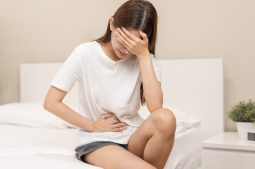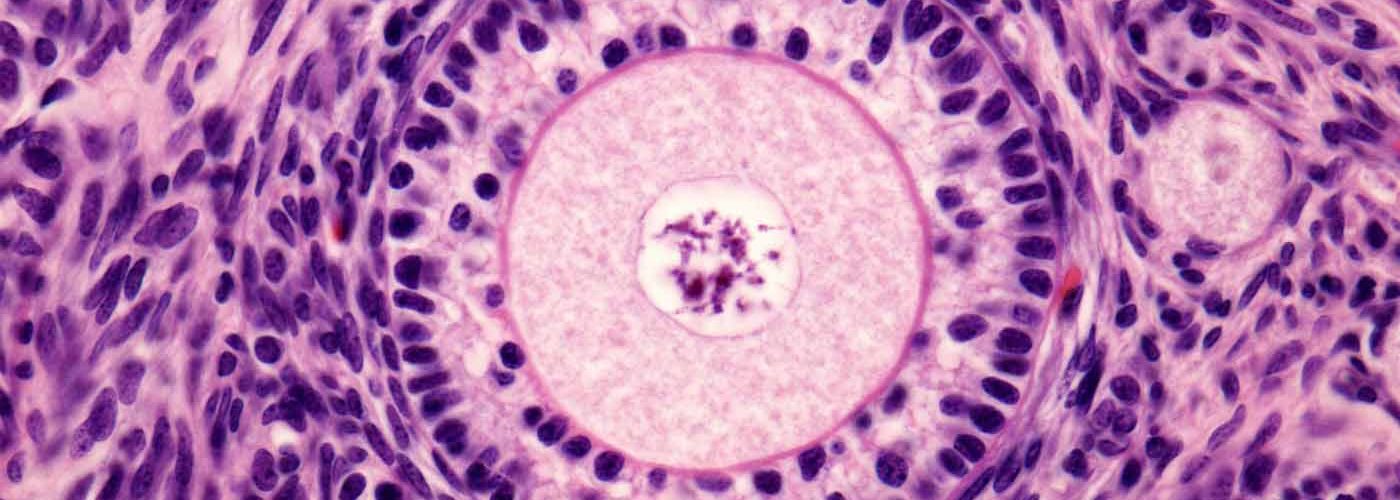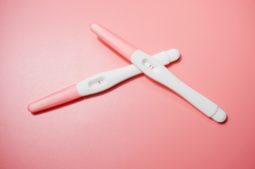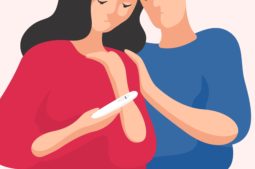
When you’re trying to get pregnant, it can be helpful to understand the basics of fertility beyond the simple fact that you need one egg and one sperm cell, and they need to meet at the right time for conception to occur. If you’re trying to conceive naturally, you may be wondering how long is a woman’s egg viable after ovulation? The fact is, this usually is only a matter of hours. Does this mean you only have a few hours each month to get pregnant? Happily, no. The female body has a few tricks to allow a longer fertile window of up to 7 days each month.
Read on to find out more about ovulation and how the fertility window works:
- What is ovulation?
- What happens to your egg after ovulation?
- How long does an egg live after ovulation?
- What can you do to improve your chances of conception?
- What can you do to keep eggs viable for longer?
What is ovulation?
The whole point of your menstrual cycle is the production of one, occasionally two, mature and viable eggs each month, which is the basis of your fertility. Here’s a run-down of the cycle, which can broadly be divided into four phases: menstruation, the follicular phase, ovulation and the luteal phase – although there is some overlap, as we shall see.
- Menstruation: Counting the first day of your period as day one, the first phase of menstruation – otherwise known as your period – starts and lasts between three and seven days. During this time, your uterus sheds its lining that consists of blood, mucus, and some cells from the uterus, which flows out from your vagina.
- Follicular phase: The follicular phase also starts on day one and continues for 13 or 14 days, culminating (in a regular 28-day cycle) in ovulation. In this phase, prompted by the release of a hormone from the brain’s pituitary gland, follicles start to develop on the surface of the ovary, each containing an immature egg. The uterus lining also starts to thicken.
- Ovulation: At ovulation, one of the developing follicles that has overtaken the others during the follicular phase – and in doing so, becoming the leading follicle – bursts and releases a mature egg. Once released, it survives in a viable state for 12 to 24 hours.
- Luteal phase: During the luteal phase, the empty follicle, now a corpus luteum, releases progesterone and a small amount of oestrogen, further thickening the uterus lining in preparation for pregnancy. If a fertilised egg implants, it continues to produce progesterone to support the uterus lining. If not, the corpus luteum is reabsorbed, levels of progesterone fall, and the uterus lining sheds, marking the start of the next period and menstrual cycle.
How long is an egg viable after ovulation?
How long an egg is viable after ovulation is measured in hours rather than days – generally between 12 to 24 hours. But that doesn’t mean you only have a 24-hour window to conceive.
What happens to your egg after ovulation?
What happens to the egg after ovulation is entirely dependent on whether there is sperm present in your reproductive system at that time. If the egg meets with sperm, fertilisation occurs typically in the fallopian tube. The fertilised egg continues on its way down the tube to the uterus, where it will implant in the uterus lining. If no sperm is present during the limited time it remains viable, it simply disintegrates and is shed along with the uterus lining during your period.
What can you do to improve your chances of conception?
Even though your egg remains viable for a relatively short time after ovulation, sperm cells are more durable. Sperm can survive and remain capable of fertilising an egg for up to five days inside your body. It follows that, rather than the short space of time allotted to the egg, your fertile window is more like five or six days in any month. If you have sexual intercourse during the few days before you ovulate or on the day itself, you still have a good chance of getting pregnant.
Tips to boost your chances of getting pregnant
However, a successful attempt to conceive still depends on knowing roughly when you are due to ovulate. There are several ways you can achieve this:
- Keep a diary: The simple diary method involves keeping a note of the dates when your period starts each month. From here, if your cycle is regular, you can calculate its length. Once you know when your next period will likely start, you can work backwards and calculate your ovulation date by subtracting 14 days from this date. You can also use an online ovulation calculator – like this one offered by Tommy’s.
- Buy an ovulation tracker: Ovulation tracker kits measure the increase in luteinising hormone (LH) that occurs just before ovulating and are available at most pharmacies. You must take the test for a few consecutive days to detect the rise. Once this happens, it’s advisable to have sex daily for the next few days.
- Check your cervical mucus: The cervical mucus method involves observing the quality of your vaginal discharge. When ovulation is due, it takes on a clear, thin, stringy consistency, something like egg white. As this helps sperm swim towards the released egg, it is the ideal time for intercourse.
- Take your temperature: This method requires some planning. Following ovulation, the rise in progesterone causes your basal body temperature to increase slightly (by roughly 0.3ºC). This rise in basal temperature means you can detect when you have ovulated. However, it also means you need to take readings every morning before you get out of bed so you understand your basal body temperature.
Each method can help you accurately predict when you are ovulating so you can time sexual intercourse based on how long an egg is viable after ovulation.
What can you do to keep eggs viable for longer?
If you have a balanced diet, a healthy weight, exercise sensibly and have regular periods, there’s a good chance that you are ovulating and will experience the monthly window of fertility. However, no matter how good your health or lifestyle, there is no known natural method of increasing the length of time that your egg remain viable once you have ovulated. The only way this can be achieved is with the help of the technique known as egg freezing.
The preservation of fertility does not extend the viable life of your eggs during the natural menstrual cycle. But it is a way of extending your fertility over a longer timescale if you think you may want to have children but the time is not yet right. It involves undergoing hormonal stimulation to encourage multiple follicles to grow. Rather than one egg, the ovaries produce several eggs, and when they’ve reached an adequate number and size, we retrieve them in the same way as we do in an In Vitro Fertilisation (IVF) treatment. But instead of being fertilised in the laboratory, your eggs are frozen and stored for when you decide the right time.
In one sense, this changes the answer to the question of how long a woman’s egg remains viable. With the proper techniques, the answer could be – as long as you want! If you are interested in freezing eggs or would like more information, don’t hesitate to get in touch with us at IVI.





Comments are closed here.